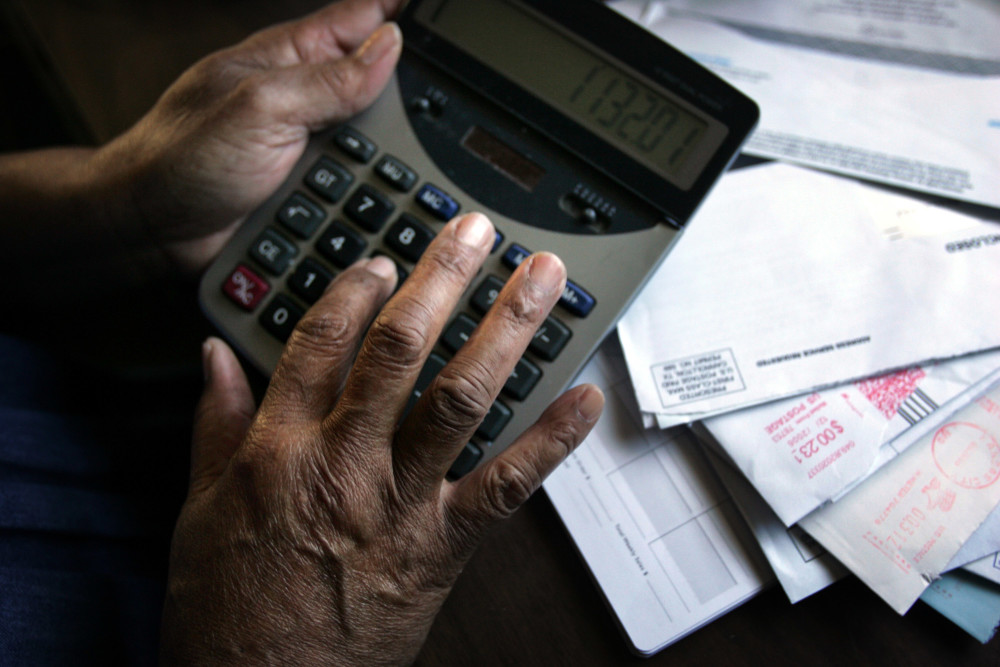By Brett Graff
The Miami Herald.
Like most of us, Michelle Levy, 44, loves a deal. So after the president of a DJ management company heard about a good facialist, and then saw that same salon selling the service on a group discount website, she clicked quickly.
Not only did she imagine the $39 facial would typically sell for over $80, but there’s a big difference between good and bad skincare.
Problem was, when researching the regular price for tipping purposes, Levy learned her presumed discounted price was the same one listed on the spa menu.
“I didn’t feel so great about the deal anymore,” she says.
Economists have long asserted that when it comes to jumping at the chance to spend our money on sale items, our vision of a high original price, even one appearing our minds, will cause us to more favorably view the deal.
But new research sheds a brighter light on our how our brains work, and perhaps why Levy feel hard for the facial, saying the level of persuasion will depend on our evaluation of our other choices, whether we focus on all the similarities or differences.
Knowing this can help break the spell of what could turn out to be a pretty uneventful sale.
“Savvy consumers already question the validity of pricing information,” says Susan Jung Grant, an associate professor of marketing at Boston University. “What shoppers may not realize is that there are many subtle ways other information might be affecting their estimation of the deal.”
Say you’re debating about whether to buy a sale-priced pair of running shoes, she suggests. You could consider the how different all running shoes are from one another, Nike Air ultra cushioning, PUMA suede styling, New Balance adjustable arch support.
Or you could consider how similar they are, casual footwear, appropriate for athletics. By paying attention to the likenesses, and then considering the original price, we’re more likely to consider the deal good. If we however focus on the differences, we may just walk away.
“Thinking about commonalities brings together the super-duper deluxe at the top of the spectrum to the item and lumps them together as birds of a feather,” says Jung Grant. “This makes the lower sales price even more powerful.”
That surfaced in a series of experiments during which subjects evaluated deals, says Christina Kan, a researcher at University of Colorado who led the team.
In perhaps the most telling, a group of over 200 shoppers were shown two products known to, at least in our minds, have lots of similarities for low and high priced versions: jeans and sunglasses.
There were also products known to have differences across price ranges, such as phones and backpacks. Shoppers rated the deals involving products with a lot of overlap in characteristics, or many similarities across price ranges, more positively.
“When people see an advertised reference price, they have a more positive perception,” says Kan. “We found that positive perception to be greater when in our minds there’s a lot of overlap within a product category.”
Mark Ellwood, sale expert and author of Bargain Fever (Penguin) believes, sure, the impact may vary but that high reference prices are so effective for prying the money from our pockets, some retailers use them outside of sales, he says.
Ellwood argues in his book that retailer J. Crew manufactures a couture line it has no intention of selling.
Rather, those high-priced pieces placed around the shop will cause us to scoop up the lower-priced merchandise with great fervor.
Handbag-maker Coach also, he says, strategically places $1200 purses in our view so the $500 ones appear to be bargains.
“They are decoys,” he says.
Retailers even manipulate us with low reference values, says Ellwood. It’s called “Goldilocks Pricing” and done by placing, say, three televisions in a row, priced least to most expensive, he says. We’ll usually head straight to the mid-priced model that might just also have the highest profit margin.
“We’ll even pay an extra $100 to reassure ourselves we’re buying the middle one,” he says. “Don’t be afraid to buy the cheapest. You’re actually outsmarting the store.”
When steered into sale purchases we later regret, the money might not be gone for good, says Michelle Madhok, shopping expert and founder of author of SHEFinds.com.
Pay with an American Express card, because the company will refund your money even if the store will not, she says.
The big retailers including J. Crew, says Madhok, will typically give you a price adjustment if the item you select is lowered later.
Many times, stores won’t give you money back but will concede to giving you store credits on gift cards, which can be sold on sites such as giftcardgranny.com.
“It’s less than the face value,” says Madhok, “but not a complete loss.”
___
ABOUT THE WRITER
Brett Graff is a former U.S. government economist and the editor of www.thehomeeconomist.com, where she reports on the economic forces affecting real people. She writes an occasional column for the Miami Herald.














































































































































































































































































































































































